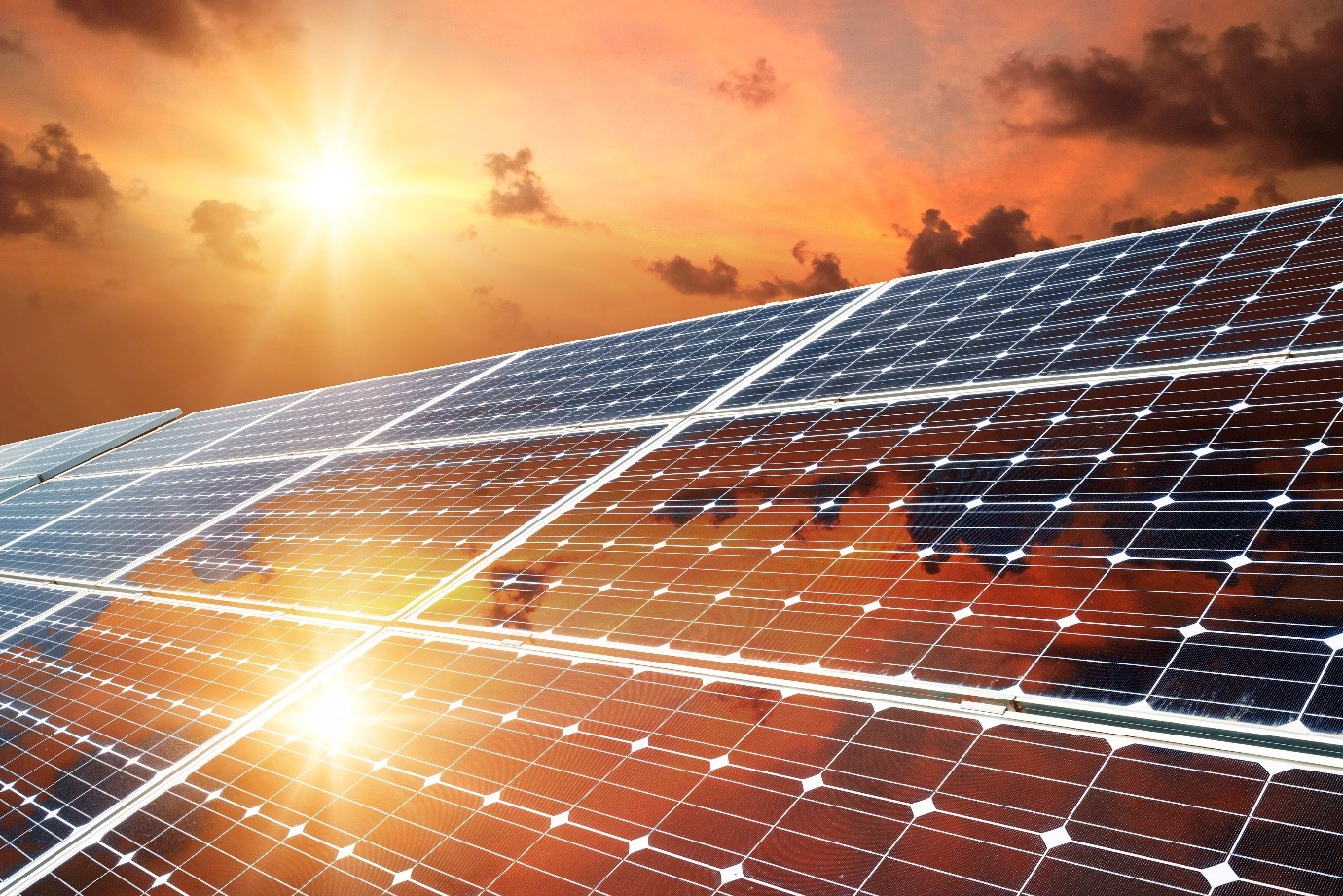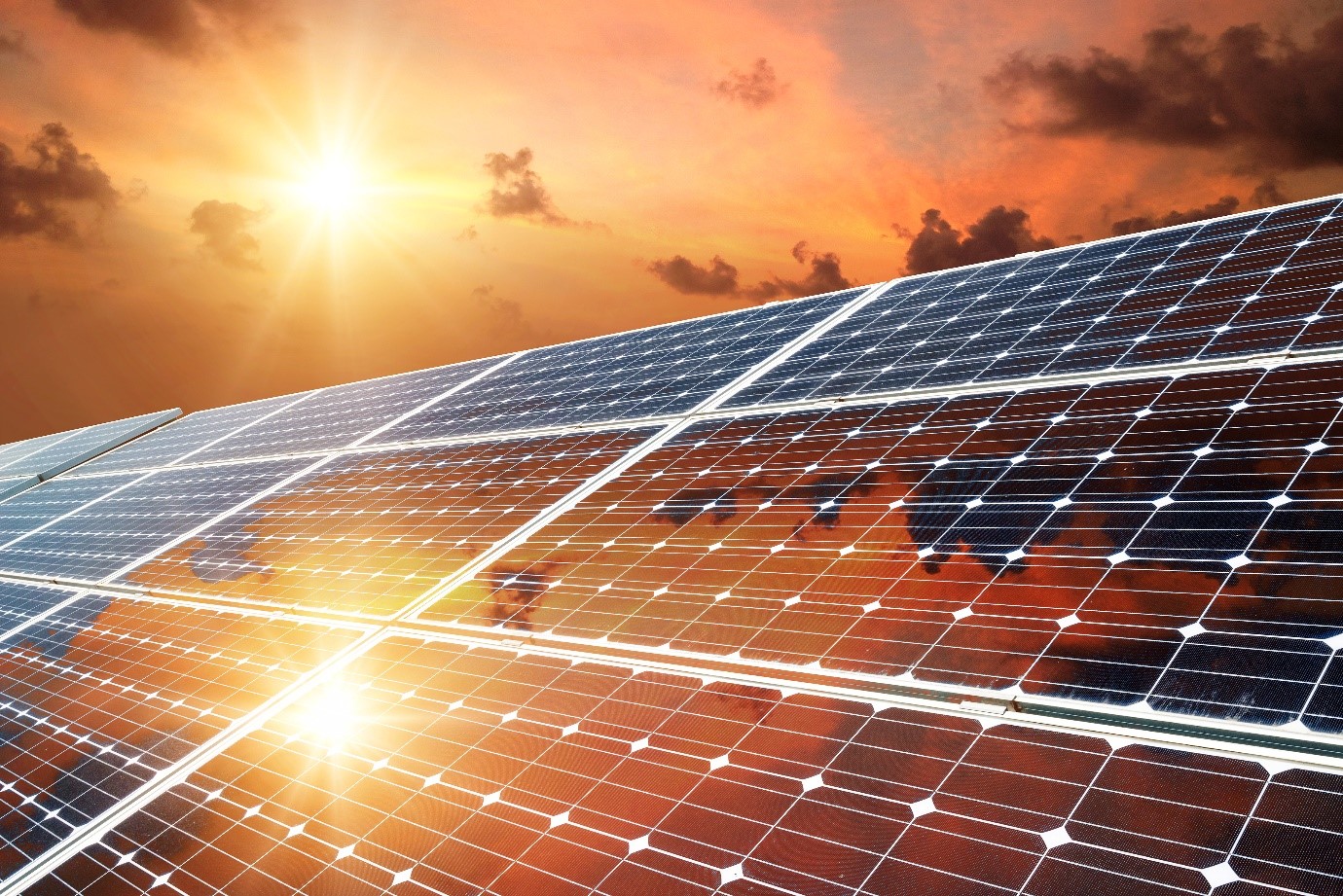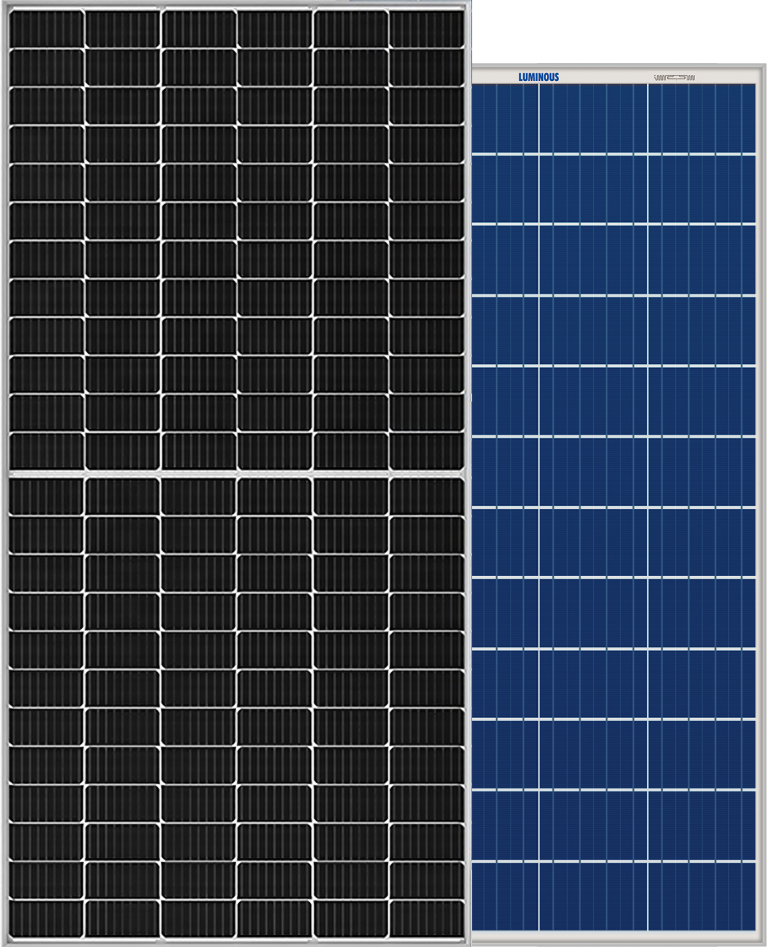
Power Solution

As the world continues to prioritize renewable energy sources, solar power has emerged as a leading contender. More and more people are becoming curious about the intricate technology behind solar energy as it becomes an increasingly popular and widely accepted source of renewable energy.
Solar panels, also known as photovoltaic (PV) panels, are the key components that harness solar energy and convert it into usable electricity. But have you ever wondered how solar energy is made? How are solar panels made? What goes into the production process that ultimately results in those sleek, shiny panels that adorn rooftops to power homes and businesses?

In this blog, we will uncover the secrets of solar panel production, from the raw material for solar panels to the intricate manufacturing process.
The sun emits solar radiation, which contains energy that can be converted into electricity. Solar panels are used to capture this energy and convert it into usable electricity. The production of solar panels is just one step in the process of harnessing solar energy.
When solar radiation strikes a solar panel, it is absorbed by the solar PV cells. These cells are made up of layers of different materials, including silicon wafers, which we will discuss later. As the solar radiation is absorbed by the solar PV cells, it causes electrons to move, generating an electrical current.
The electrical current generated by the solar PV cells is then collected by conductive wiring and sent to an inverter. The inverter converts the DC electricity generated by the solar panels into AC electricity, which can be used to power homes and businesses. This is how solar energy is made in a nutshell.
Let's delve deeper into the process.
At the heart of every solar panel lies polysilicon or silicon, which serves as the key building block for solar PV cells. The raw materials for solar panels are meticulously selected and processed to ensure the highest quality of polysilicon.
Some other raw materials used for solar panel production include:
It's worth noting that the raw materials for solar panel production and the process can vary depending on the type of solar panel (e.g., mono PERC half cut, monocrystalline, polycrystalline, thin film), manufacturing methods, and specific manufacturer preferences. However, the materials listed above are commonly used in the production of solar panels.

Solar panels, which are the backbone of the solar energy system, play a crucial role in harnessing the power of the sun and converting it into usable electricity. Now that we understand the raw materials that are used to make solar panels and how solar energy is harnessed, let's dive into the production process of solar panels.
Solar panel production is a complex process that requires the use of high-purity raw materials such as polysilicon or silicon. The creation of the raw materials for solar panels is energy-intensive, but the end product, when used in solar panels, provides a clean and renewable source of energy.
Understanding the process of solar panel production and how solar energy is made can help individuals appreciate the technology behind solar energy and the role it plays in the transition towards a more sustainable future. So, next time you see a solar panel, you can appreciate the intricate process that went into making it and the renewable energy it generates.
At Luminous, we are proud to be a part of the solar energy revolution by selling high-quality solar panels. Our team of experts ensures that each panel undergoes rigorous testing before it is released in the market.
With Luminous, you can trust that you are investing in a reliable solar energy solution.